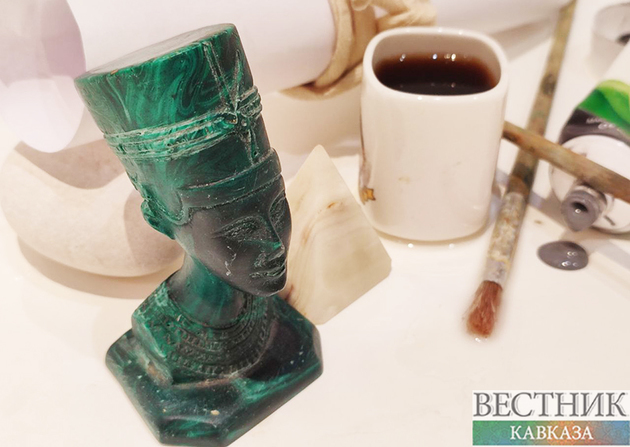One of the ancient world's longest lasting civilisations, the cultures that built up along the Nile still impact us today. These include their famous developments in mathematics, astronomy, religion, and philosophy as well as some things, which are less well-known, but no less important.
The ancient Egyptians were one of the world's oldest and longest-lasting civilisations, and have fascinated professional and amateur historians for centuries. Their physical legacy includes hundreds of pyramids in Egypt and Sudan, as well as complex temples and necropolises along the River Nile. Mummified remains and burial chambers continue to be found across Egypt, providing new clues about how the ancients lived, Middle East Eye writes.
But it's not only these physical remains that act as a testament to their remarkable civilisation - ancient Egyptian inventions continue to influence modern life. These include their famous developments in mathematics, astronomy, religion, and philosophy. Among them there are other things, less known, but no less important.
Papyrus (and possibly paper)
The versatile papyrus plant has parts that can be eaten and a stem that can be used to make boats, as well as the earliest writing surfaces. A thicker material than paper, papyrus was being used as early as 2900 BCE - making it far older than the paper known to have been used by the Chinese Han dynasty between 206 BCE and 220 CE. While the Chinese have been credited with the invention of paper, some researchers believe that the Egyptians may have beaten them to it.
Egyptologist Pierre Tallet discovered a stash of papyri documents in 2011 during an archaeological dig at Ayn Soukhna. These included logbooks that detailed the building of the Great Pyramid of Giza and a journal written by an official named Merer who was responsible for a crew 0f 200 men, possibly working as couriers. In addition, there was a scrap of papyrus within the cache that appeared to be more refined than other papyri, resembling paper.
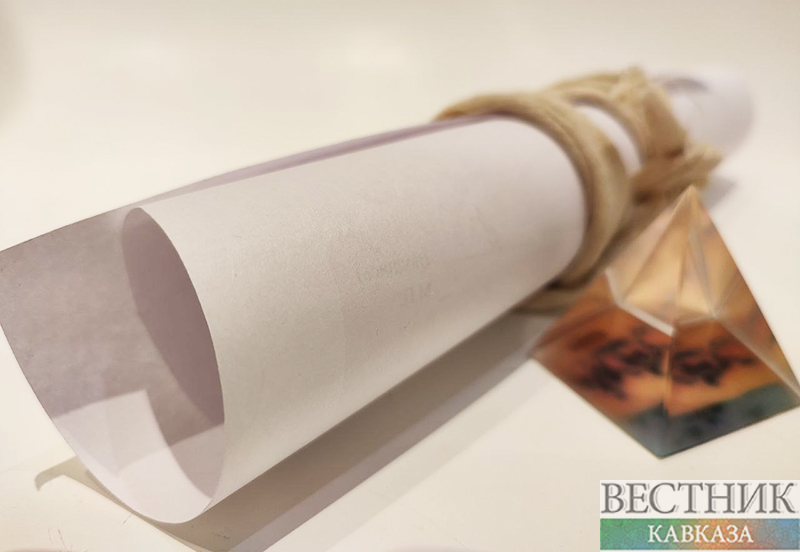
While physically similar, papyrus and paper have different production methods. Papyrus is made by overlaying thin slices cut from the papyrus plant in horizontal and vertical lines and then pressing them together. Paper is made by breaking down plant fibre into a pulp and then pressing it into thin sheets. Papyrus is still produced by Egyptians hoping to keep the ancient craft alive.
Ink
Today it seems almost intuitive to write using ink, but in the ancient world, scribes would write by scratching text onto clay or wax tablets. It was the ancient Egyptians who first broke with this tradition when they discovered that making marks with ink was a more effective way of noting down ideas.
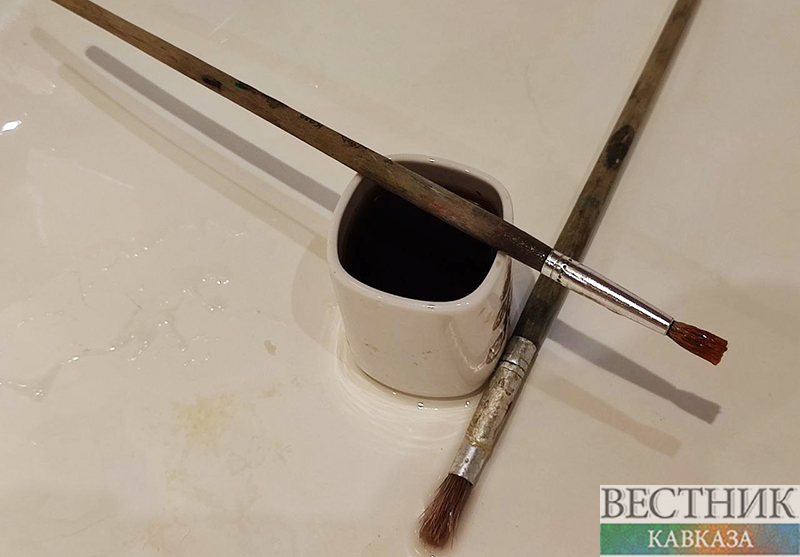
This development was important as it allowed officials and merchants to keep efficient records of accounts, and priests to document religious prayers and rituals. Researchers believe that the Egyptians invented ink at around the same time as the Chinese - roughly 4,500 years ago - by mixing together beeswax and soot. Scientists studying a 2000-year-old papyri document, also found out that copper was added to Egyptian ink. Other natural substances, including iron, quartz, and malachite were also added to produce different coloured inks that would be used to illustrate sacred documents.
Makeup
Pigments and colour were not only used in writing - they also helped ancient Egyptians beautify themselves. Archaeologists date the first use of makeup to Egypt around 6,000 years ago and it is believed that it was worn irrespective of social class and gender. The most famous depiction of Egyptian makeup can be found on the bust of Nefertiti, which clearly depicts her wearing eyeliner.
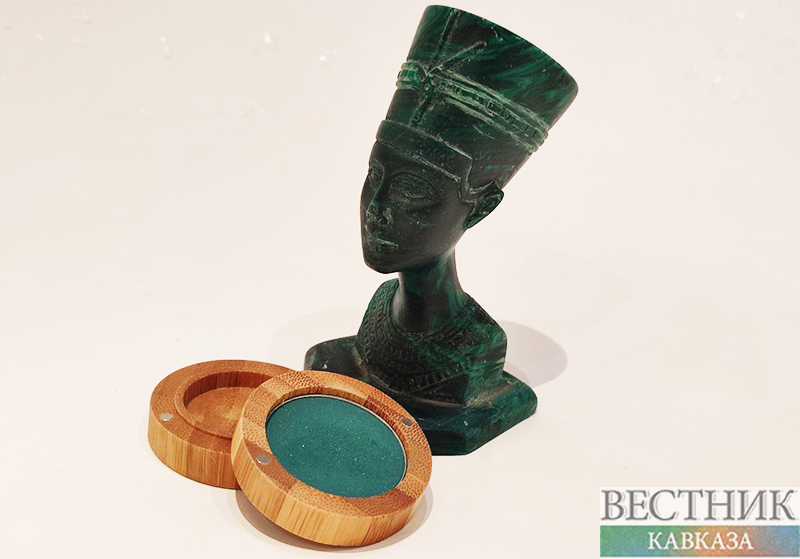
Kohl was used on the eyes and would be made using soot and galena, also known as lead sulphide. But it wasn’t only used to beautify the eyes. It was also thought to keep eyes cool and clean, improve vision - and ward off the evil eye. Ancient Egyptians would often also decorate their eyes with green eye shadow to make them appear larger. The pigment's colour was acquired from a mix of malachite and animal fat and was carefully applied with a tool made of ivory, bone, or wood.
Animal fat was also a key ingredient in many other products. For example, by adding fat to red ochre ancient Egyptians made both lipstick and blusher, while perfume mixed with animal fat would last longer. Scented oils and perfumes made using natural resins and plants like myrrh, thyme, chamomile, and lavender were also widely used.
Toothpaste
Ancient Egyptian foods often contained grit or sand because of rudimentary milling processes and this could damage teeth and gums.
As a result, the Egyptians invented toothpaste made of ingredients including ash, ground eggshell, and sometimes even ground ox hoof. Other combinations included rock salt, dried iris flowers, and mint to add freshness. When mixed with water, the powder formed a paste that would be applied to the teeth and sometimes gums using the fingertip.
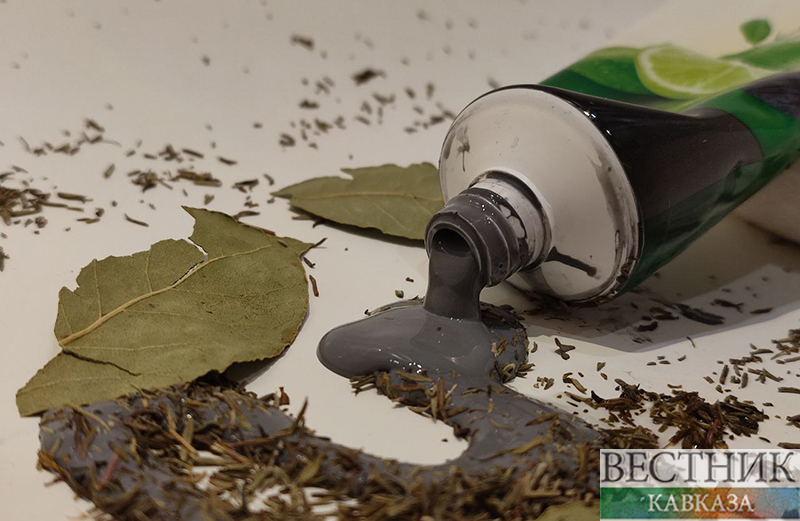
In 2003, curators at the National Library in Vienna came across recipes for toothpaste in papyrus documents, which included entries on how to clean teeth. The Ebers Papyrus, dating to the 16th century BCE, lists 11 remedies for treating a variety of dental problems, including loose teeth. Fillings would be made using a mixture of ground barley, honey, and yellow ochre, the latter serving as an antiseptic agent.
Hair gel
Animal fat was not only a popular base for makeup, but it also made its way onto ancient Egyptian heads, where it would be used as an early version of hair gel.
Ancient Egyptians liked to wear their hair in a variety of fashions, from longer styles, with hair extensions, to heads shaved clean with stone blades. The wealthier would often also wear wigs.
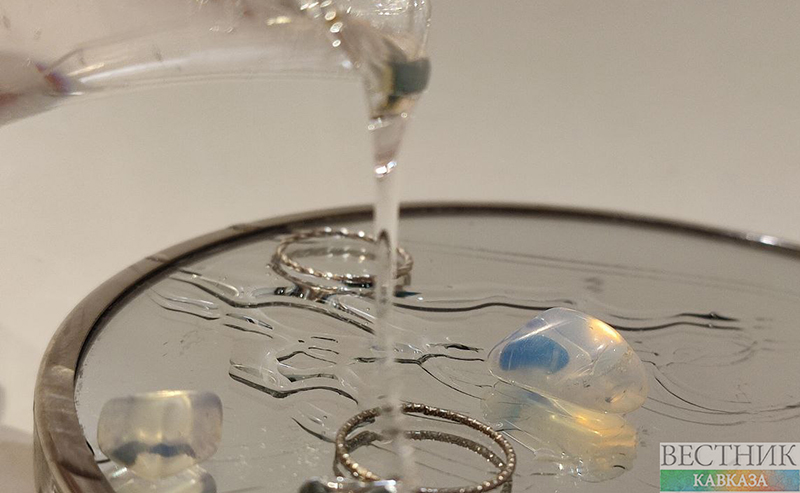
A University of Manchester study that took hair samples from 18 mummies discovered that the Egyptians used a fat-like substance to ensure that their hairstyles stayed the way they wanted in both life and death. Although Egyptian texts and art make no mention of the use of hair products, wigs have been found coated in beeswax.
